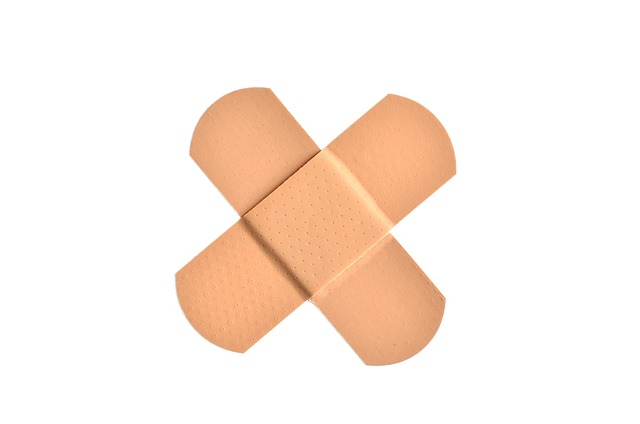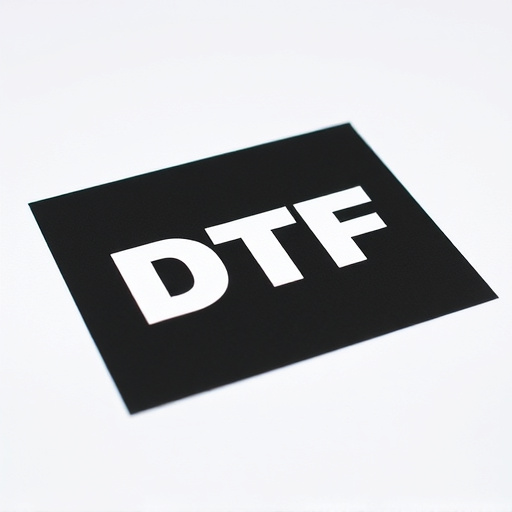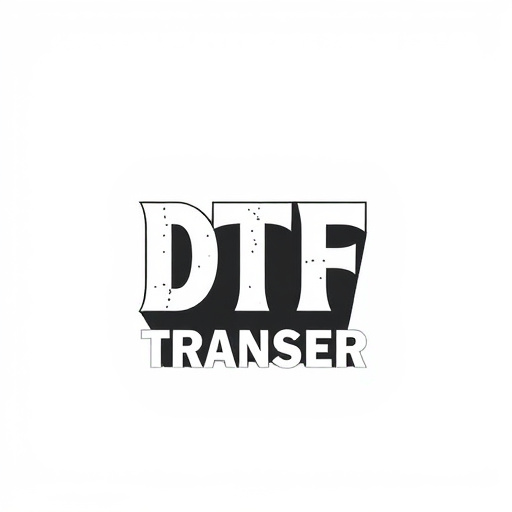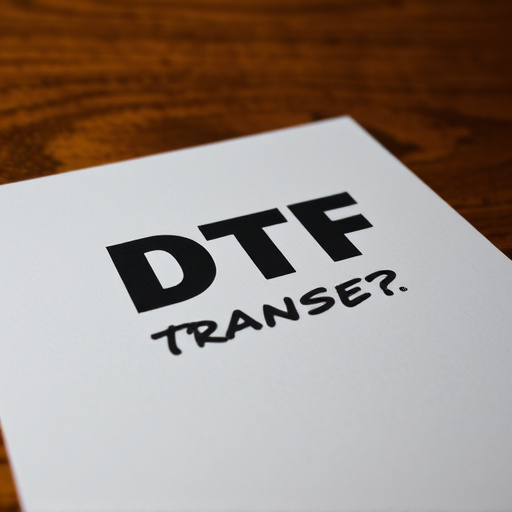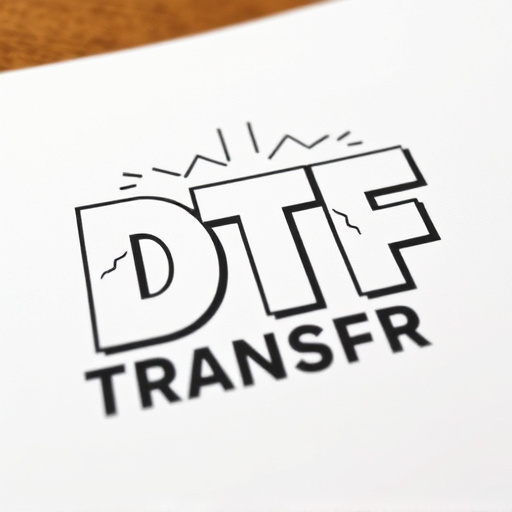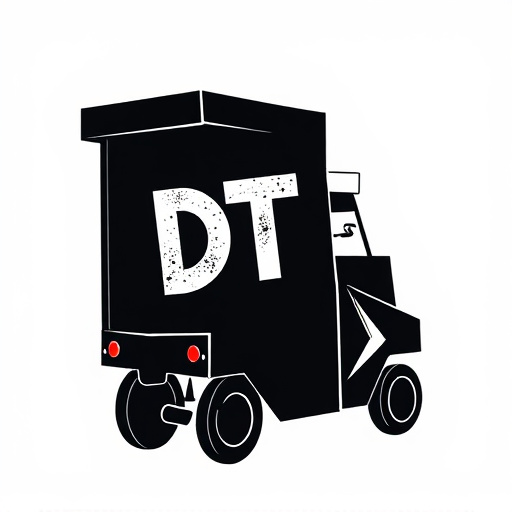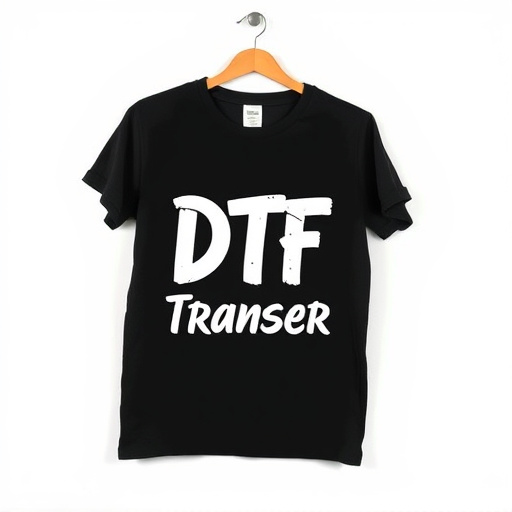Direct-to-film (DTF) transfer technology has revolutionized textile printing by enabling swift and versatile production of vivid, durable prints on cotton. This process involves transferring ink to a film surface, which is then bonded to fabric during heat pressing, streamlining production with minimal waste and turnaround time. DTF printing has gained significant traction within the fashion industry for creating bespoke garments and accessories, thanks to its ability to support intricate designs and rich color reproduction. While maintaining consistent quality at scale remains a challenge, rigorous Quality Assurance (QA) processes ensure superior prints. With ongoing technological advancements aiming to improve efficiency and sustainability, DTF transfers are poised to remain an attractive option for custom on-demand textile printing.
Direct-to-film (DTF) transfers have revolutionized cotton fabric application, offering a cutting-edge solution for garment production. This article delves into the intricacies of DTF technology, exploring its optimization for cotton fabrics, from material considerations to printing processes and quality assurance. We’ll uncover the benefits of DTF for textile manufacturing while also addressing common challenges. Additionally, we’ll analyze market trends, providing insights into the future of DTF transfers in the ever-evolving world of textiles.
- Understanding Direct-to-Film (DTF) Transfer Technology
- Optimizing DTF for Cotton Fabric: Material Considerations
- The Printing Process: From Design to Final DTF Prints
- Benefits of DTF Transfer for Cotton Garment Production
- Quality Assurance and Common Challenges in DTF Printing
- Market Trends and Future of DTF Transfers for Textiles
Understanding Direct-to-Film (DTF) Transfer Technology

Direct-to-film (DTF) transfer technology has revolutionized textile printing, offering an efficient and versatile method for applying designs to various fabrics, including cotton. This cutting-edge process involves transferring printed ink directly onto the film surface, which is then bonded to the fabric during a heat press step. DTF transfer excels in its ability to produce high-quality, vibrant prints with excellent durability, making it a preferred choice for creating custom cotton garments and accessories.
DTF printing is particularly advantageous due to its speed and precision. Digital printing technologies enable designers and manufacturers to easily customize designs, ensuring that each print is unique and tailored to individual preferences. The direct-to-film approach streamlines the production process, reducing waste and minimizing the time between design creation and final product. As a result, DTF prints have gained significant traction in the fashion and apparel industry, offering businesses and consumers alike a quick and stylish way to bring designs to life on cotton fabric.
Optimizing DTF for Cotton Fabric: Material Considerations
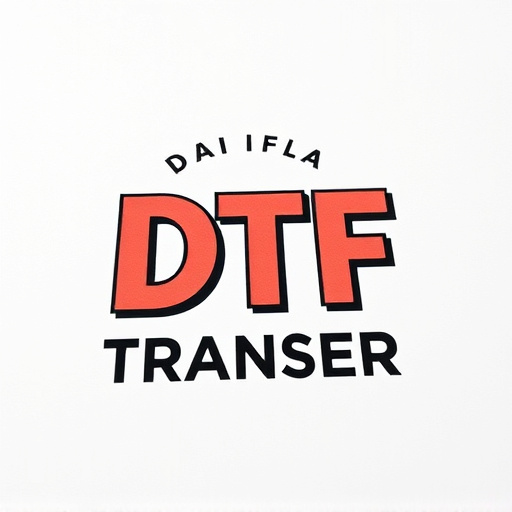
Direct-to-film (DTF) transfers have revolutionized textile printing, offering a wide range of options for applying intricate designs to cotton fabric. When optimizing DTF for this specific material, several key considerations come into play. Cotton, known for its softness and breathability, presents unique challenges due to its natural fibers. These fibers can absorb ink differently compared to synthetic fabrics, influencing the choice of inks and printing techniques.
To achieve vibrant and lasting DTF prints on cotton, printers should select inks specifically designed for this material. Water-based or discharge inks are popular choices as they adhere well to cotton without embedding too deeply into the fibers. Additionally, pre-treating the fabric with a suitable release agent can improve ink transfer, ensuring that designs are crisp and detailed. Proper drying techniques post-printing are also crucial to set the inks permanently onto the fabric surface.
The Printing Process: From Design to Final DTF Prints
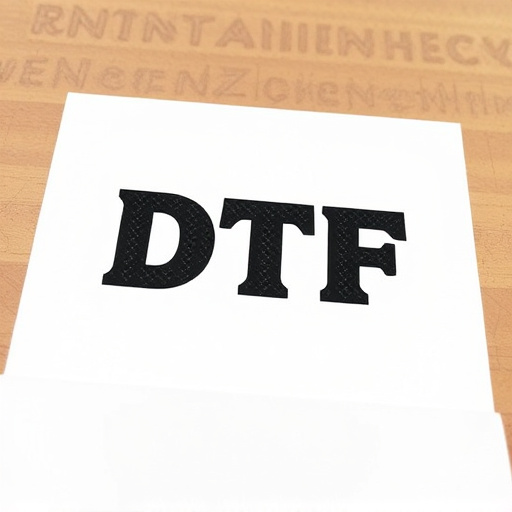
The process of creating direct-to-film (DTF) transfers for cotton fabric application involves several precise steps, ensuring a high-quality final product. It begins with the initial design phase where artists or designers create or adapt artwork suitable for DTF printing. This digital art is then prepared and sent to specialized printers. DTF printers utilize advanced technology to precisely apply ink onto a film, layer by layer, according to the design specifications. The printed film acts as a stencil, allowing specific areas to be blocked while others are exposed for fabric dye absorption.
Once the printing process is complete, the DTF transfer is carefully inspected for accuracy and quality. Any imperfections or misalignments are rectified before proceeding. The final DTF print is then carefully applied to the cotton fabric using heat press machines, ensuring a crisp and vibrant image. This application method allows for intricate designs and rich color reproduction on various textile surfaces, making DTF transfers a preferred choice for creating custom patterns and artwork on cotton goods.
Benefits of DTF Transfer for Cotton Garment Production
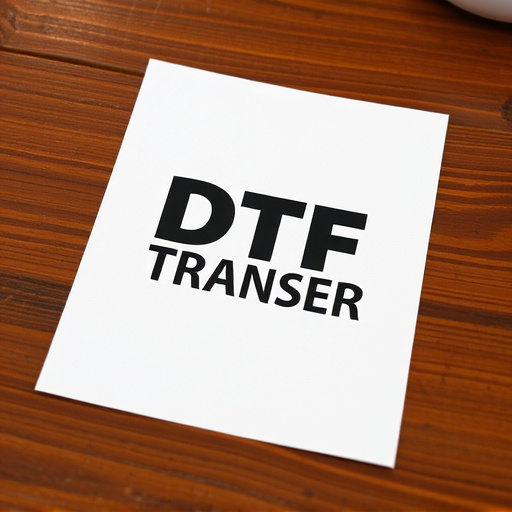
Direct-to-film (DTF) transfers have revolutionized cotton garment production by offering a host of benefits. One of the key advantages is their ability to achieve vibrant and long-lasting DTF prints directly on cotton fabric, ensuring color accuracy and depth that traditional printing methods struggle to match. This technology enables complex designs with intricate details to be reproduced flawlessly, catering to modern fashion trends and consumer demands for unique, personalized garments.
Additionally, DTF Transfer provides an efficient and cost-effective solution for bulk production while maintaining high-quality results. The process streamlines manufacturing by eliminating the need for separate printing and application steps, reducing labor costs and minimizing waste. This makes it an attractive option for apparel manufacturers, allowing them to produce customized cotton garments quickly and profitably, catering to the dynamic demands of the fashion industry.
Quality Assurance and Common Challenges in DTF Printing
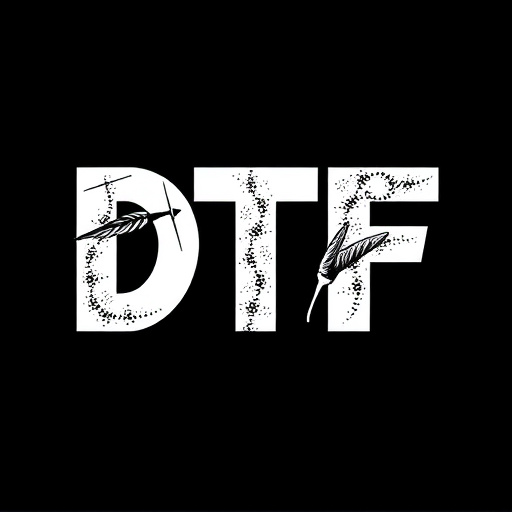
Direct-to-film (DTF) transfers have revolutionized cotton fabric printing, offering high-quality prints with vibrant colors and exceptional durability. However, ensuring consistent quality in DTF printing can be challenging. Quality Assurance (QA) processes are essential to maintain consistency across batches, especially as demand grows for custom fabric designs. Common challenges include color accuracy, where slight variations in ink formulations or print settings might lead to discrepancies between expected and actual prints. Another significant hurdle is ensuring sharp details and precise line work, which demands meticulous printing techniques and high-resolution images.
Moreover, the scalability of DTF printing presents unique QA issues. As orders increase, maintaining consistent print quality across large volumes can be difficult. Proper calibration of printers, regular maintenance, and adherence to strict pre-print preparation protocols become vital to preserving the integrity of DTF prints. Regular testing and feedback loops are crucial tools for printers to refine their processes, ensuring that each DTF transfer meets the required standards, from initial test prints to mass production runs.
Market Trends and Future of DTF Transfers for Textiles

The direct-to-film (DTF) transfer printing industry has experienced significant growth and evolution in recent years, particularly within the textiles sector. This innovative technology allows for precise and vibrant prints on various fabrics, including cotton, offering a cost-effective alternative to traditional printing methods. The market’s trend shows a rising demand for DTF transfers due to their versatility, speed, and high-quality outcomes. Cotton, being an incredibly popular fabric choice for apparel and home goods, has become the primary focus of DTF transfer applications.
Looking ahead, the future of DTF transfers in textiles appears promising. As technology advances, printers are developing more efficient and environmentally friendly processes, ensuring faster production times and enhanced color accuracy. The global shift towards sustainable practices also influences the industry, with DTF printing being perceived as a greener alternative to other digital printing methods due to its minimal waste generation. This trend is expected to drive further innovation, making DTF transfers an increasingly viable option for businesses seeking to create custom, on-demand textile prints.





